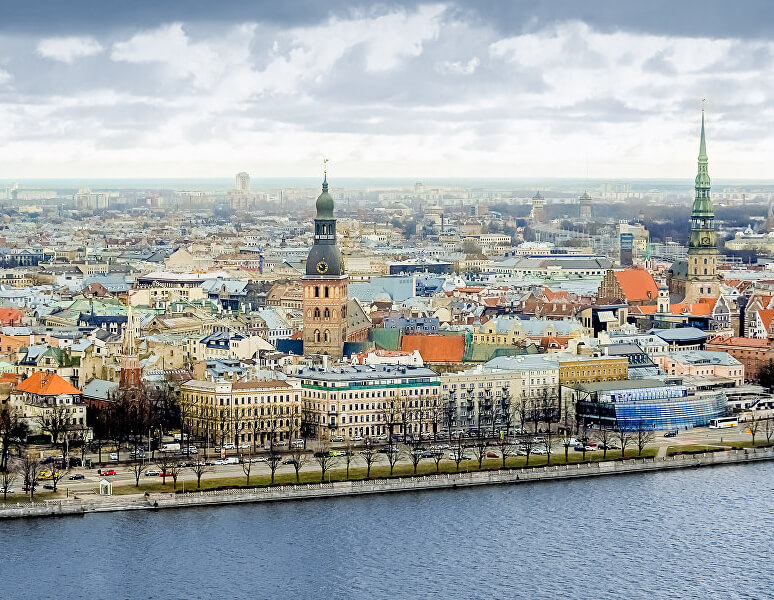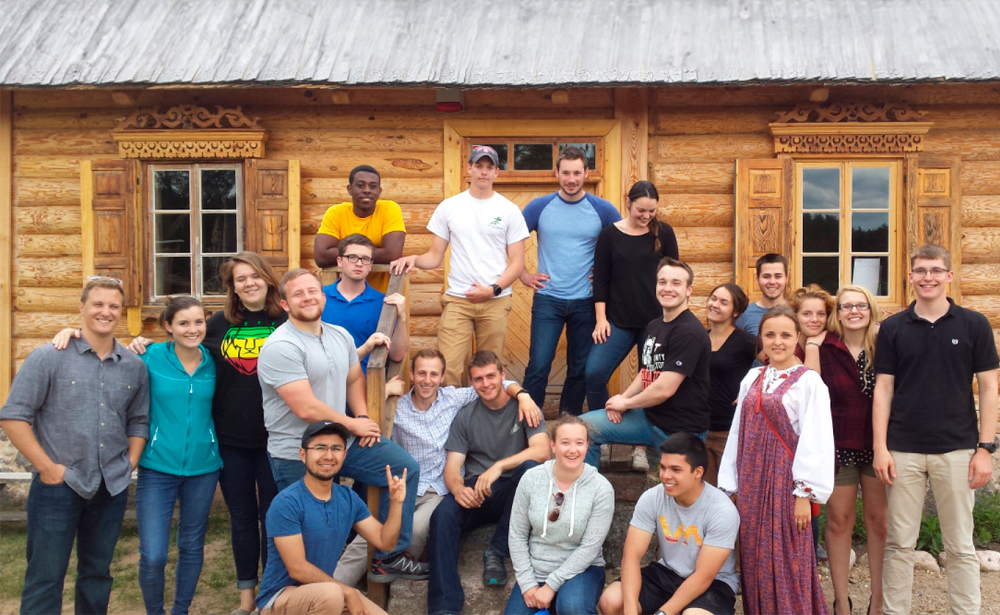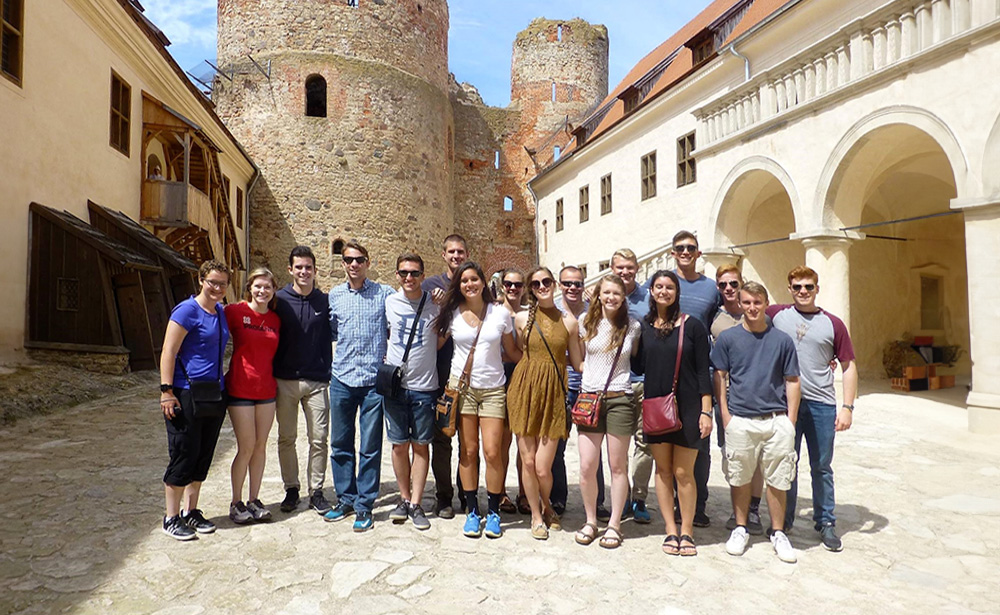Interesting places to see in Riga. Part 2
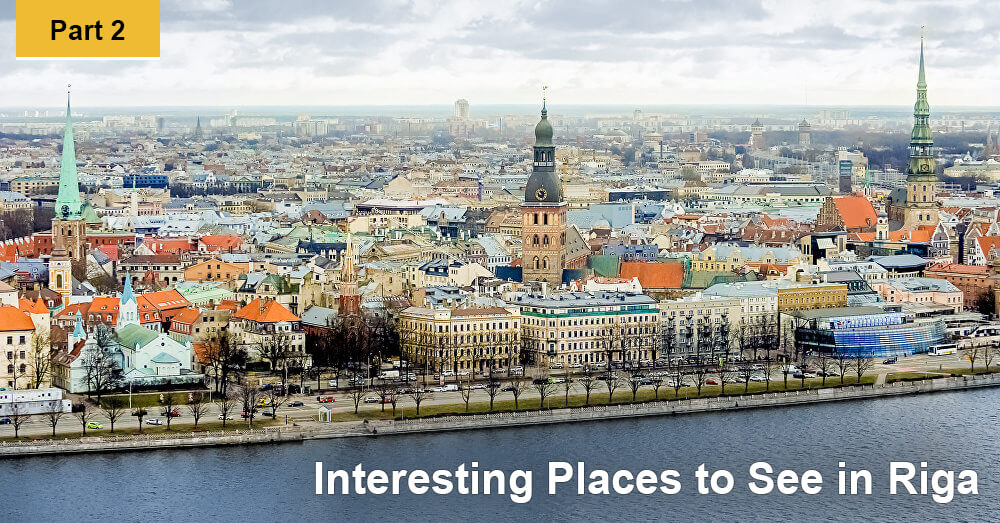
Today we’ll continue talking about our beautiful capital city. We’ll begin the second part of the series of articles about interesting places you can see in Riga. Let’s look at the main architectural monuments in Old Riga and why they are so important for the city.
The House of the Blackheads
The House of the Blackheads is located in the very center of Old Riga. It’s a magnificent and distinguished architectural monument and it’s a must-see for each and every foreign visitor to Riga. It keeps a long historic memory of the Blackheads fraternity and the history of Riga.
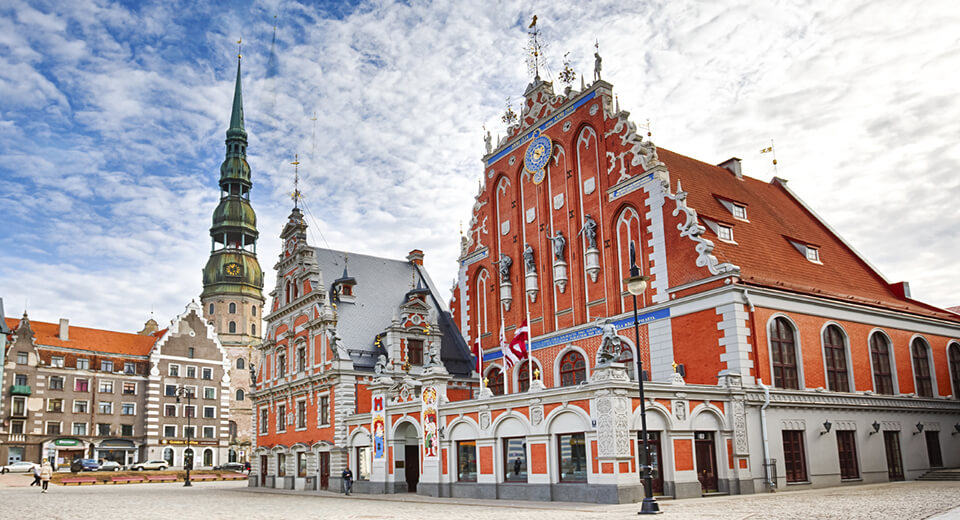
The House of Blackheads was built in 1334. For almost 700 years of its existence, the building has often been rebuilt. In the 18th century, it was damaged during the Northern War. The building was ruined during World War II. The house was rebuilt in our time to the 800th anniversary of Riga. Initially, the House of the Blackheads was a place where public organizations used to meet. In the 17th century, unmarried merchants bought the building. They loved to hold various kinds of events there. Later, the House of the Blackheads became an important cultural center in Riga which determined the way public life in the city was organized.
The House with Black Cats
The House with Black Cats or the Cat House is located in the center of Old Riga. It was designed by the Latvian architect Friedrich Scheffel in 1910.
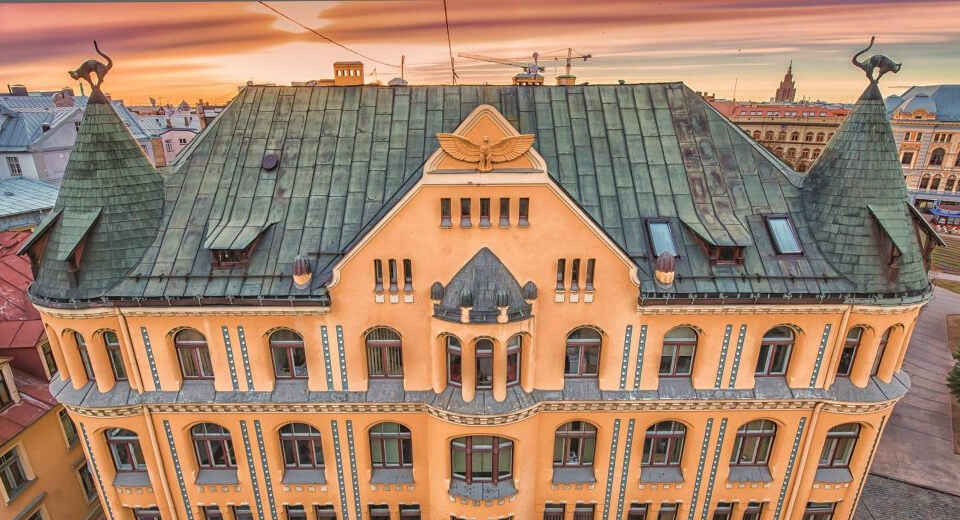
According to the legend the building belonged to a wealthy Latvian merchant who desperately wanted to become a member of the Great Guild but he was rejected. Therefore, he decided to take revenge and ordered two sculptures of scared cats with arched backs placed on his house, posteriors pointed towards the offending guild. After this act, the merchant was sued and a long trial began. It ended in favor of the smart merchant. Only then were the cats turned to the other side.
Large Guild
The Large Guild is a merchant organization which was founded in Riga in 1354.
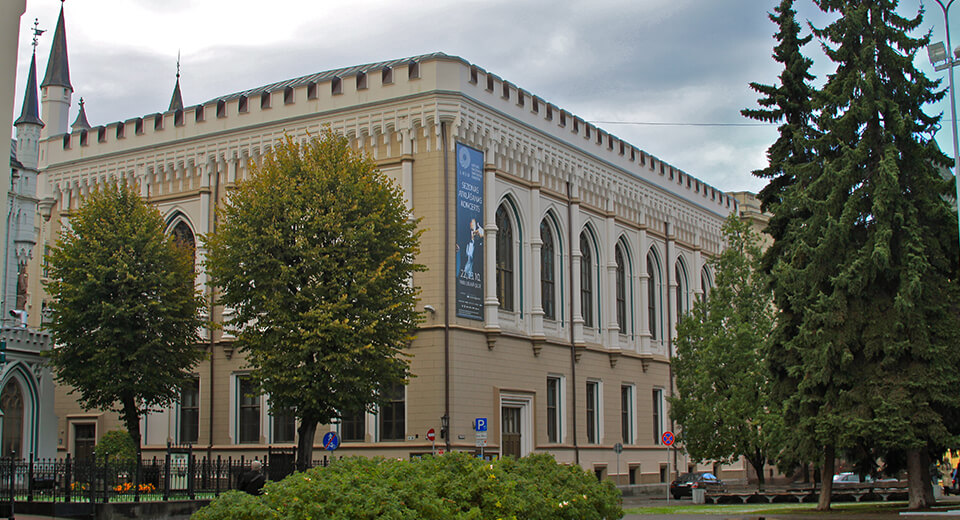
The Guild mainly consisted of German merchants and jewelers. It has always been open to cultural and social events. The large Guild is one of the oldest architectural monuments in the Baltics.
Small Guild
In the 13th century, the Small Guild – an organization of Riga’s artisans was founded. The Small Guild exited until the 20th century.
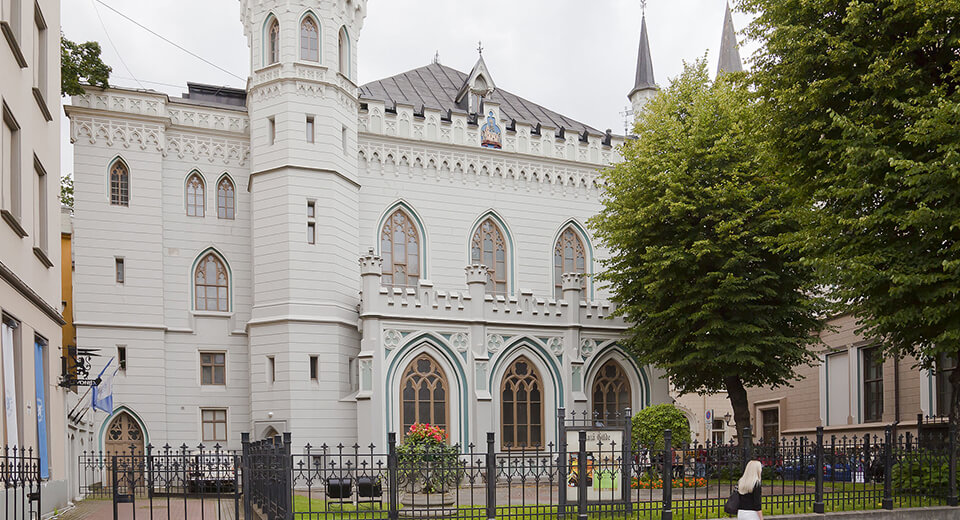
Artisans who belonged to the Guild monopolized crafts in medieval Riga. So, those artisans who were not members of the Small Guild, had no right to claim the title of Guild master. Today, the Small Guild hosts various events, business meetings, conferences, presentations, and concerts.
St. Peter’s Cathedral
St. Peter’s Cathedral is one of the main symbols and landmarks of Riga which is situated in Old Riga. It’s the oldest religious building in the city. The cathedral was first mentioned in 1209. St. Peter’s Cathedral was built as church for people. Merchants, artisans, and other residents of the city took part in raising funds for the construction. Today, St. Peter’s Cathedral is one of the most famous landmark in Riga, and it’s popular with tourists because of its observation deck on the top of the main church tower.
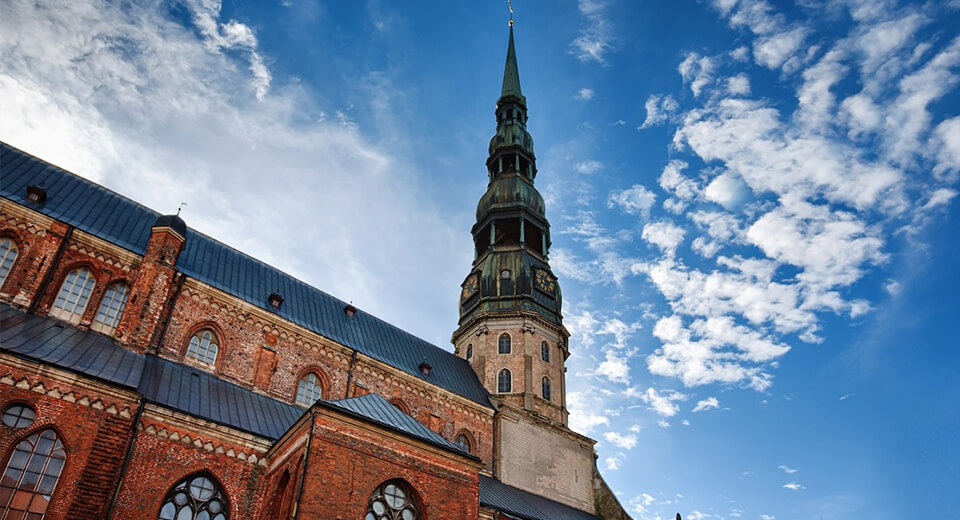
That’s all for today! Follow our blog and read our new articles about landmarks in Riga.
You may be interested
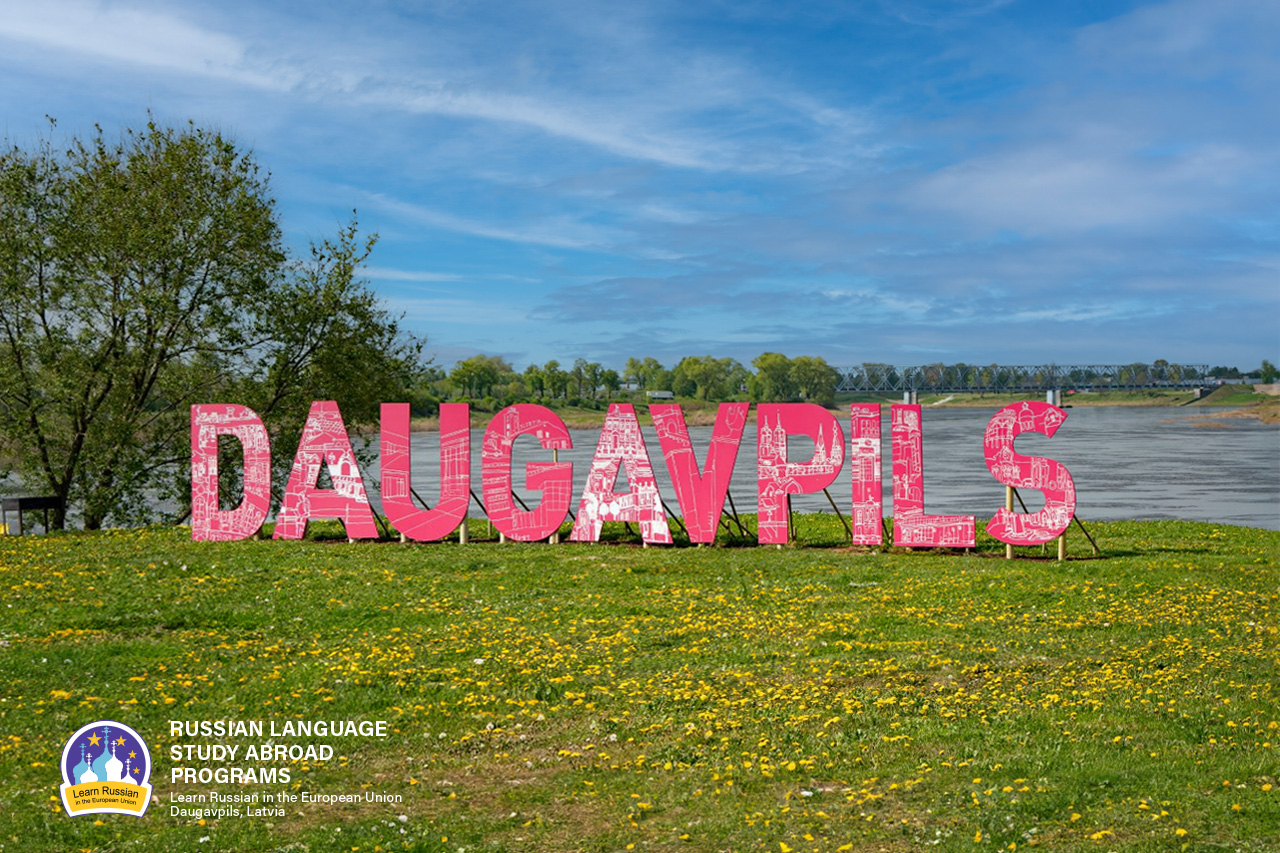
Why do people speak Russian in Daugavpils?
As it seems to us, Daugavpils is the best place to learn Russian now, because our city is situated in the EU and NATO, but at the same time 90% of the city’s population speak Russian at home.
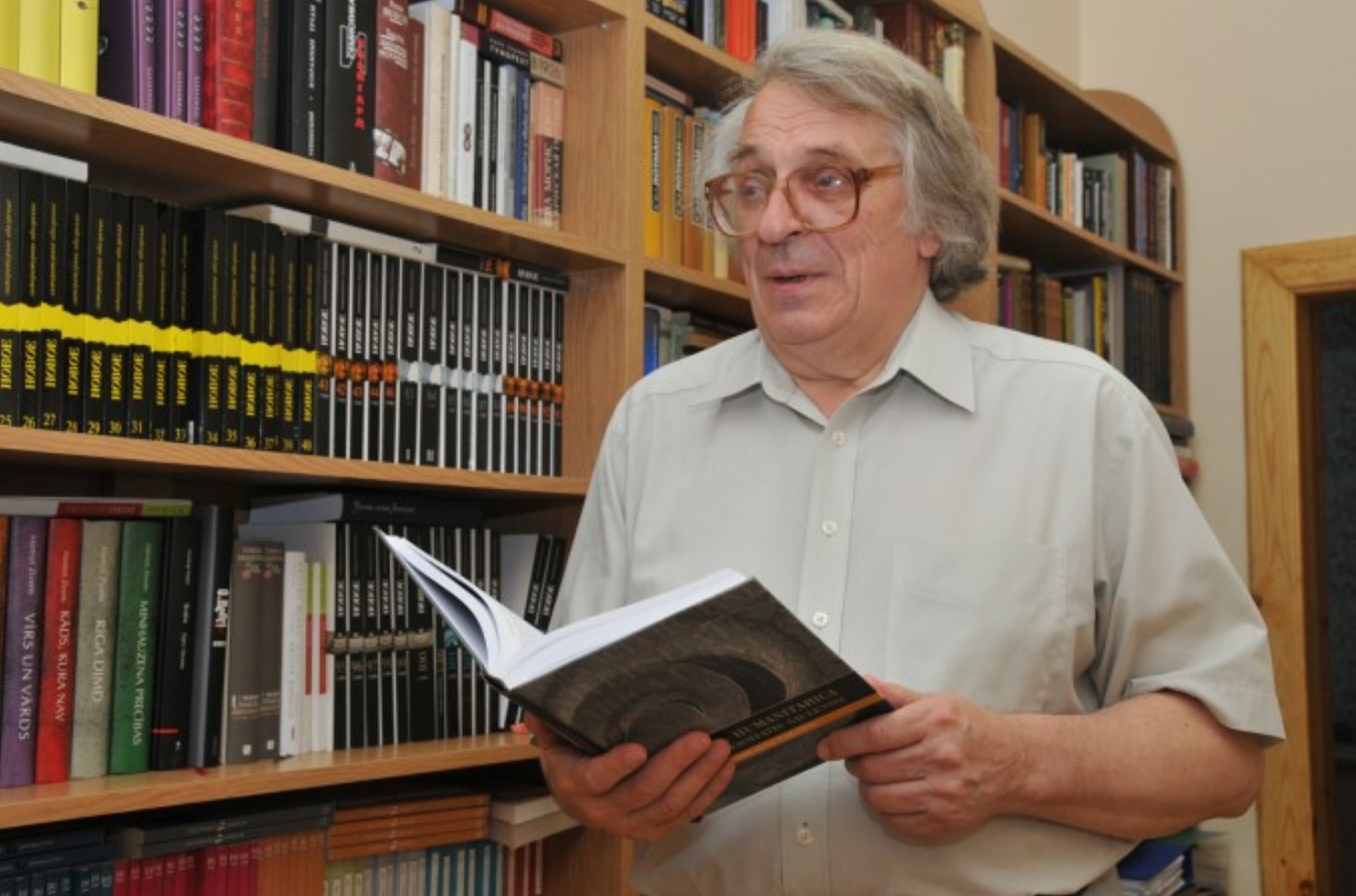
ЭТЮД О ДВИНСКЕ
Etude on Dvinsk by F.Fedorov
The Baltic region is one of the most catastrophe prone regions of the 2nd millennium, especially its second part; it is the centre of attraction of ‘geopolitical’ interests of the European world. Probably the most tragic fate has befallen to the eastern part of the present Latvia and its multi-titled town of Dinaburg – Dvinsk – Daugavpils. During its 730 years long history, the town went through five rather autonomous periods of development, five different lives (German, Polish, Russian, Latvian, Soviet), and at the beginning of the 1990s it entered into the 6th period.
The history of Dinaburg – Dvinsk – Daugavpils is the history of five attempts by the town to begin its life anew; and this is determined not only by the fact that the town was four times burned down and had to start life from scratch, but first and foremost because each of these periods was characterized by a total change of ethnos and the socio-cultural field.
The present article deals with the cultural space of the town in one of the most efficient periods of its development – from the 1860s till World War I.


